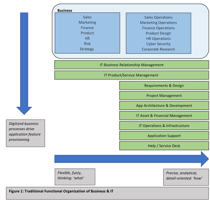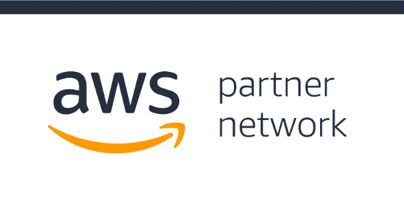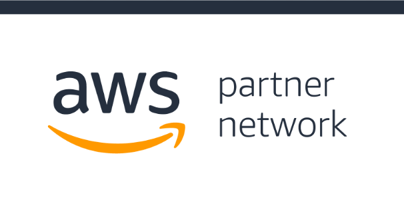The organizational design of the IT department in most firms was based on the ‘not invented here’...
Cloud Adoption: Does The Winding Road Lead To Anywhere?
The road we travel is more meaningful if we know our purpose. When we consider our road, we need to also consider all the other roads that link us to get to a destination. The objective of this article is to consider those roads, a destination and more importantly where we start and what the conditions look like presently. The purpose is therefore to plan the journey, avoid the roadblocks, navigate smart shortcuts, and arrive safely when we are expected.
Sharing our philosophy from an executive thought leadership perspective. Let’s start by understanding the landscape:
- As much as our customers are all uniquely different in the businesses they run, most of IT is the same. That is, IT endeavors to keep applications up and running on some form of infrastructure while delivering new applications to their constituents to meet the needs of the businesses.
- With that said, IT challenges are much the same no matter what the business is. Also, most of the processes (IT and Business) they want to put in place are the same and typically need people and technology to enable them.
- Processes work as designed (with governance) and technology operates as supplied (“fit for purpose” if configured correctly) which only leaves the people aspect to overcome the many hurdles and unknowns.
- Most IT departments have too much to do. That is, whether they are driven by innovation or business growth/demand, they typically do not have enough hours in the week to accomplish what the business needs them to deliver on. In many cases, IT is its own worst enemy and generates work for itself by trying to advance too quickly and focusing on the wrong things.
- Hype (Vendor solutions) promise a bright future to IT and the business without considering the present. That is, “Where is the customer now?” and “Can they sustain the adoption and running of this new technology or process (on top of everything they already have to do)?”
- Consultants are typically expensive, ask the obvious, take the glory, deliver academic results (albeit pretty) based on problems they have no experience with and leave the clients with Shelf-ware and no practical roadmap to value.
So, if this is the landscape we play in, how do we solve for some of these situations. Through many lessons learned over the years (successes and failures), we have realized that we can have some of the very best thought leadership, but if it isn’t presented in a language the audience understands or if it looks myopically at only one part of the scope that is in question, those thoughts will be wasted or at best be short lived.
We at Paragon have always prided ourselves on considering this. Which is why we have always taken a top down, holistic view of running IT. That is, it may be the smallest cog that is broken but it hinders the total engine from running smoothly.
Paragon’s AI-based Apex and Atlas solutions are tools that help our customers overcome some of these situations/barriers. Apex by establishing current state (risk/cost analysis and gap analysis) and Atlas a roadmap to build upon. We have instituted a maturity model at the heart of everything we do. Yes, the numbers are arbitrary to some degree, but they depict common aligned attainment levels to progress toward greater IT productivity, risk management, cost management, investment protection and Business alignment. We use a 5-point scale as this is what our audience have seen in other places.
Although we have a huge amount of expertise within our team and practice area excellence, we need to be cognizant of the situation we are dealing with; IT is only capable of doing so much at a time and if any part of IT progresses too far and advances further than the organizational average, the returns will be less than expected and actually act as a barrier to success by exposing all the weaker links (typically people!), which can lead to insecurity… defiance.. and ultimately a good excuse to refocus on something entirely different (context switch and more work).
We want to acknowledge and confirm that the ‘best practice’ frameworks we align with are excellent and proven in the industry. It is our real-world experience though, that allows us to consider these frameworks and other approaches when looking at what is practical for IT to adopt and consume when considering the big picture and the pressures of the business perception of IT. That is, we need to consider all other interdependencies and capabilities across practices areas (IT Executive Leadership, IT Business Management, IT Service Management, IT Operations Management, Tech Enablement, InfoSec, and IT Metrics) to move IT forward.
In summary, we have an opportunity to present real world guidance to you, our customers, by incorporating the best parts of all of the models, standards and industry good practice. Our unique Paragon IT Maturity Model reflects this and is underpinned by a structured Practice Capability Framework that helps guide our customers on their journey with evolving capabilities that lead to increased IT & Business alignment.





